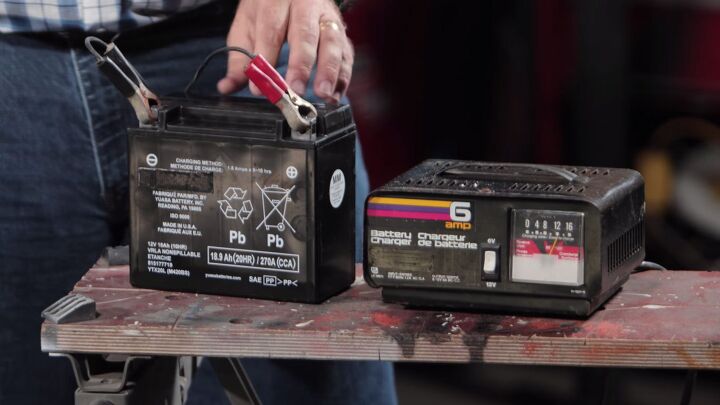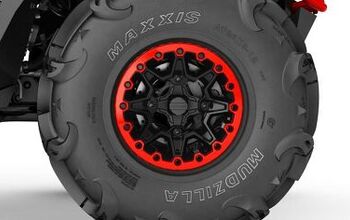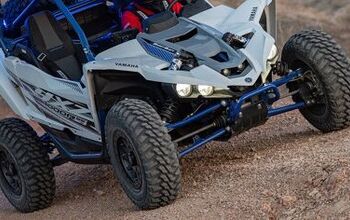How Do ATV Batteries Charge + Video
The series is designed to answer the Internet’s most commonly searched ATV and UTV questions.
The charging system on modern ATVs is made up of three parts: stator, rotor and regulator/rectifier, which controls the power that is made with the other two components.
The stator is made up of multiple laminated bars. These bars are wrapped with a thin copper wire, which makes each individual pole a coil. Factory design and machine requirements will dictate just how many of these poles or coils are on your stator.
The rotor is a small, wheel-like design that is mounted to the crank shaft of the engine. The rotor will spin either on the inside or the outside of your stator. As the rotor spins past the coils, the magnets in the rotor will induce current in the coils of the stator. With each revolution, the current reverses itself, which creates the alternating current needed to power the machine. This entire process is called electromagnetic induction.
With the combination of the rotor and stator creating so much power, there has to be something to control it. This is left up to the regulator/rectifier, which changes the current from alternating current to direct current. This is the only way an ATV battery can store the power.
The regulator controls the stator’s output of the ATV charging system. Most regulator/rectifiers are built with fins on the outside casing. This dissipates the heat from semiconductors inside the regulator/rectifier and brings it out through what is essentially a heat sink and then the air blowing by this device while you’re riding down the trail cools the regulator/rectifier.
One thing you want to make sure of when you store your ATV or UTV is that you provide the battery with some type of power source. This can be a trickle charger, which puts out a small amount of amperage while the vehicle is being stored. This protects the battery’s integrity so that the next time you take your machine out for a ride the battery is going to be ready to go.
More by ATV.com Staff




























